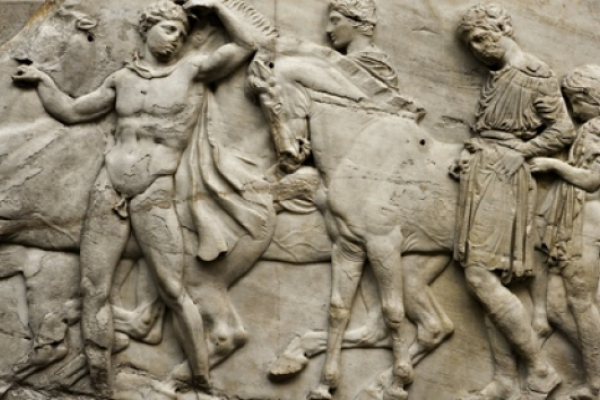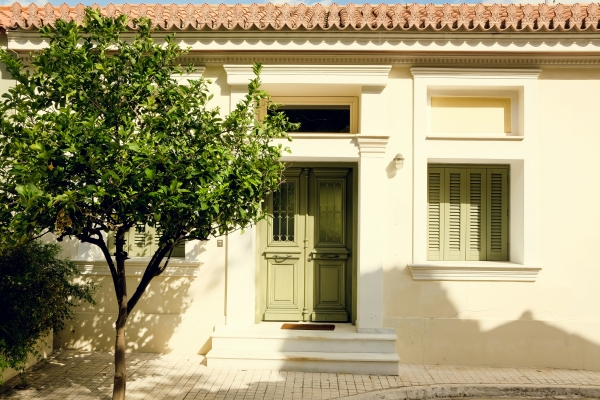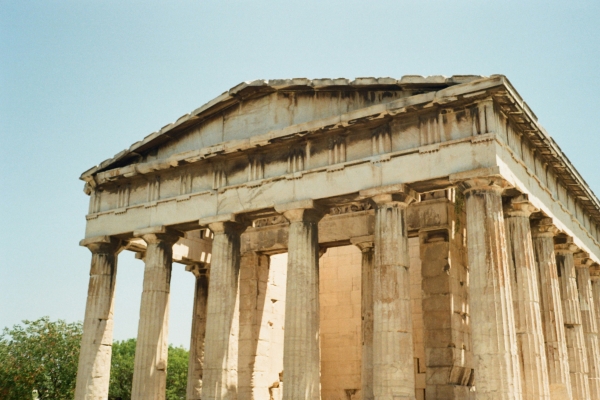Where do the Parthenon sculptures really belong? This is the question posed by Jonathan Jones, who writes on art in the Guardian.
The British journalist says that this is the world's most beautiful art.
The sad truth, Jones says, is that in the British Museum, the Parthenon sculptures are not experienced at their best.
For one thing, they're shown in a grey, neoclassical hall whose stone walls don't contrast enough with these stone artworks – it is a deathly space that mutes the greatest Greek art instead of illuminating it.
So if the British Museum wants to keep these masterpieces it needs to find the MONEY to totally redisplay them in a modern way, he argues.
Or, it could give them to Greece, which has already built a superb modern museum to do just that.
The great thing about the Acropolis Museum's display of the Parthenon sculptures – which currently includes pieces left by Elgin, plus casts – is that it makes it easy to see how the sculptures fitted on the building, and how they work as an ensemble, Jones says.
It also has one advantage London can never rival – you can look from the sculptures to the museum's glass wall and see the Parthenon itself, making a sensual connection between the art and its architectural home.
Greece has proved it loves this art and sees it for what it is.
It is Greece, and not the British Museum, that deserves to be custodian of the world's greatest art, for the world. And for art, Jones conlcudes.













